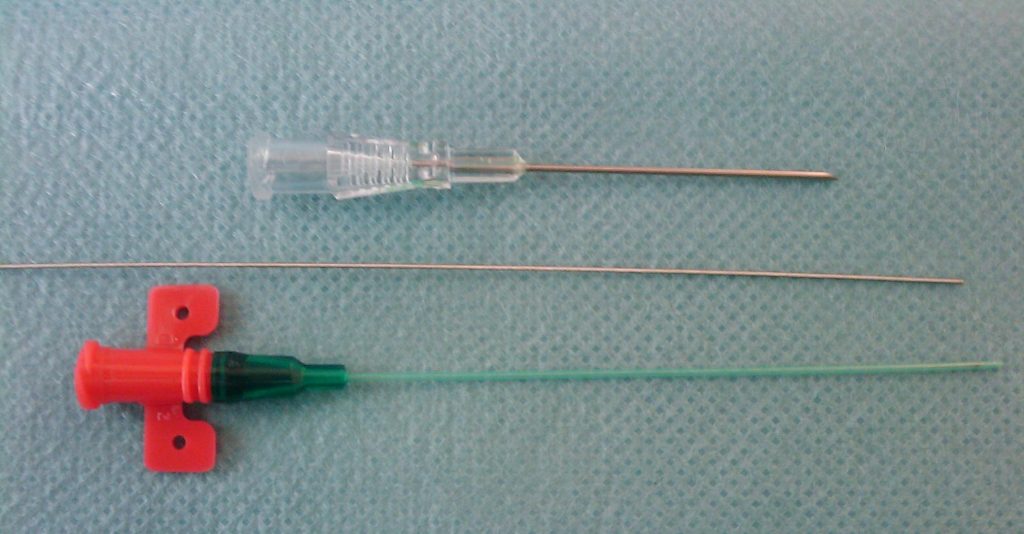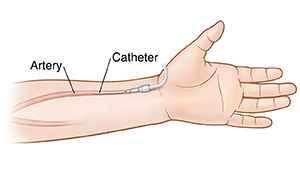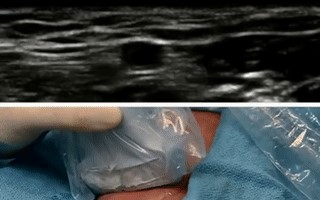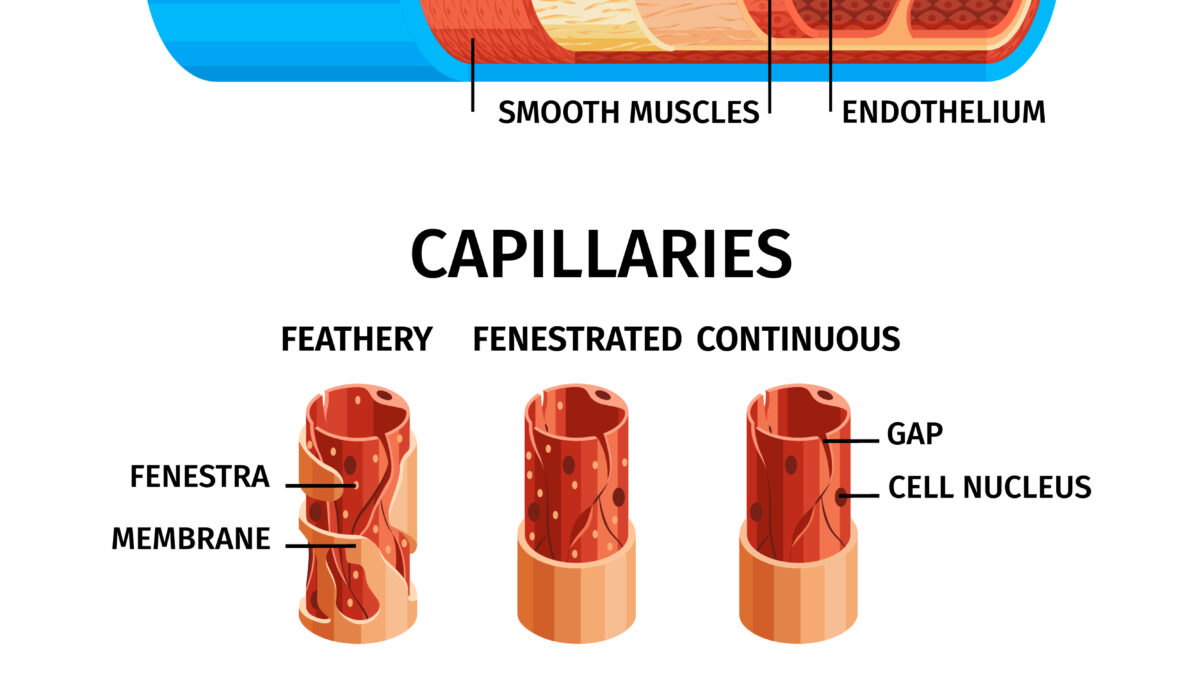- Immediate contact :
- +1-323-988-5889
- info@sonosif.com

CNB: Central Neuraxial Block
October 21, 2020
FAST: Focused Assessment with Sonography in Trauma
October 23, 2020Arterial lines or catheterization is a procedure that is common to the intensive care settings and the operating room.

It involves the placement of a catheter into the lumen of an artery to provide at least a continuous display of blood pressure with access to frequent arterial blood sampling.
Which Ultrasound Scanner is suitable for the insertion of Arterial Lines?
A high-frequency transducer of 10 to 14 MHz is needed for the insertion of Arterial Lines. For this reason, SONOSIF ‘s Research and Development team highly recommends the Mini Linear handheld Wi-Fi Ultrasound Scanner MLCD to our anesthesiologist, cardiologist, and physicians clients.
An advantage of MLCD guided procedures is the control of the needle insertion path and, if needed, the possibility to modify the needle depth or angle without the risk of damaging adjacent structures.

The ultrasound guidance can be more effective than palpation for the insertion of a radial arterial catheter in such patients.
Ultrasonography can also decrease patient anxiety and discomfort and can reduce procedure-related complications.
The use of ultrasound guidance during the procedure for radial, arterial-line placement has been associated with a high success rate.
Besides, the measurement of the arterial internal diameter by sonography may inform the operator of the most appropriate catheter size.
This measurement may be particularly important in pediatric patients because of the different artery caliber expected in neonates, small infants, and older children.
Ultrasound-guided artery cannulation has now become the standard of care.
To sum up, the use of ultrasound guidance by trainees for Arterial catheterization in critically ill patients is associated with improved outcomes compared with the palpation method.

References: Arterial lines, Arterial lines,





